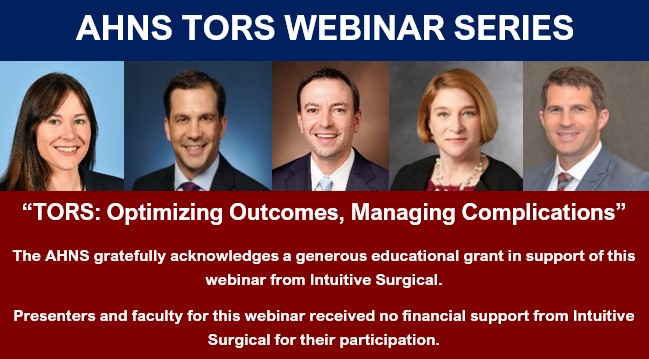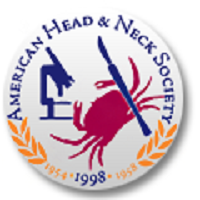Current Challenges & Strategies in Head & Neck Surgical Clinical Trials Webinar: Population Health challenges and inequities
Greetings, On behalf of the AHNS Population Health & Clinical Research Service we are pleased to invite you to a free webinar on: Current Challenges and Strategies in Head and Neck Surgical Clinical Trials: Population Health Challenges and Inequities. Date: Wednesday, March 8th, 2023 Time: 7:00pm EST /4:00pm PST Panelists: Caitlin McMullen, Nicole Schmitt, Leila …



